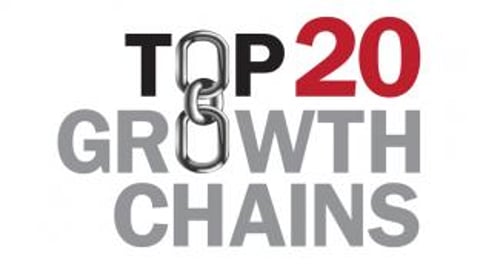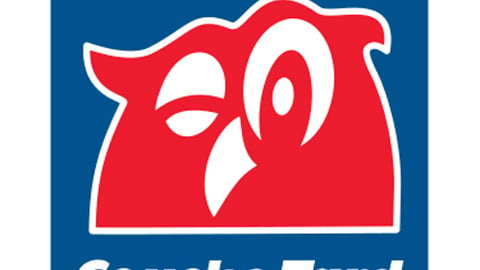Are More Large C-store M&A Transactions on the Way?
NATIONAL REPORT — While the past year saw the acquisitions of several midsize convenience store chains, it was also the sale of some of the largest industry players that grabbed headlines. Roughly 3,000 c-stores traded hands, or are in the process of, as a result of just three transactions:
- The sale of Corner Store parent CST Brands Inc. to Alimentation Couche-Tard Inc.;
- The sale of Sunoco LP’s company-operated convenience store assets to 7-Eleven Inc.; and
- The pending sale of The Kroger Co.’s convenience store division to U.K.-based EG Group.
Activist investors and ongoing strategic reviews of c-store businesses have fueled deals of large players, according to David Bishop, managing partner of sales and marketing firm Balvor LLC.
“In CST’s case, Alimentation-Couche Tard is able to grow market share and realize cost savings via synergies and increased purchasing power. Sunoco is able to redeploy capital in areas that generate stronger returns that will help it grow its fuel distribution business. And Kroger was about strengthening its core business and reducing pressures from activist investors, which they did in part by using some of the proceeds for stock buybacks,” Bishop explained.
Terry Monroe, a professional mergers and acquisitions expert in the convenience store and petroleum properties industry, puts cheap money and economies of scale on the list of key drivers, too.
“More market share, more customers and more brand equity, which equates to more loyal customers and overall more profitability,” Monroe told Convenience Store News. “We don’t go to McDonald’s for its high-quality food. No, we go to McDonald’s because we know they are consistent in what they do. The same goes for Holiday Inn and Starbucks. People don’t like surprises. They like consistency.”
There is no one overarching thing you can point to when it comes to the large-company sales. Rather, it’s a combination of factors, echoes Dennis Ruben, executive managing director of NRC Realty & Capital Advisors LLC. He said there are case-specific reasons that led to the past year’s transactions.
“In the case of CST, they grew pretty quickly. I think there was some criticism of the management team — rightly or wrongly. You had those activist investors that were pushing for something to get done. They were criticized for overpaying on a couple of deals,” Ruben explained.
As for Kroger, Ruben said the company’s problems stemmed from being a grocery store chain first and foremost. “I think they started looking at the numbers and realized they could probably redeploy their assets in a better way than only convenience stores,” he said, adding that companies like Kroger run the risk of cannibalizing their grocery store sales when they open c-stores.
If there is one similar theme among the transactions, Ruben said it’s the theme of “pressure,” as larger public companies have to be concerned about their stock price and the return to investors.
“Some of it had to do with investor pressure, perceptions in the marketplace. And frankly, the stocks weren’t doing very well. It was hard to move the needle on some of these companies, and I think that put some pressure on them, too. It was a combination of things,” he said.
What's to Come
Ruben expects to see more sales of larger public companies because of concerns about stock price and the return to investors. Without that specific pressure, he said private companies stand a better chance of staving off being sold.
“I think to the extent that the stock prices and return to investors are not exciting, it will be increasing pressure on public companies to sell. The ones that got sold were all public companies,” said Ruben, who added that it’s possible a successful privately-owned company could be sold if an offer came along that they couldn’t refuse.
Monroe predicts these sales will continue, too, though there is a caveat.
“The only downside is eventually they [the consolidators] will run out of the larger chains of stores to acquire and have to work themselves down to the midsize chains, and then into the smaller chains to get a large enough base of stores. Because they can’t build the stores fast enough and unless you are in a growth area like Florida or Texas or one of the few growth areas of the country, it behooves you to acquire for the good locations instead of build,” Monroe explained.
With the convenience store industry continuing to attract the interest of private equity groups and new entrants into the U.S. market, like Kroger c-store division buyer EG Group, there will be more consolidation to come industrywide, according to former Kroger c-store chief Van Tarver, now president of the Van Tarver Group and chairman of GreenPrint Corp.
He also wonders if the oil companies are poised to enter the M&A picture and make a return to company-operated locations. He cites Andeavor (formerly Tesoro Corp.), which recently got back into company ops through acquisitions. In the past year, Andeavor increased its store count by a whopping 194 percent, adding 538 net new stores, according to the 2018 Convenience Store News Top 20 Growth Chains report.
“I’m wondering if some of the major oil companies are standing back right now and saying, ‘Gee, did we make a mistake?” Tarver said. “They have tons of cash.”






